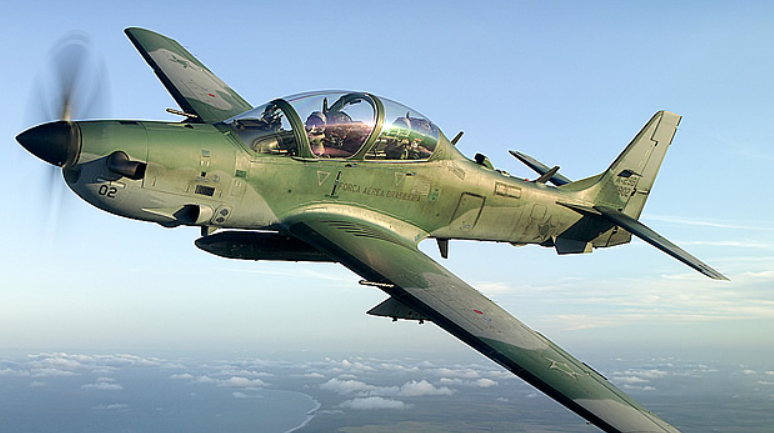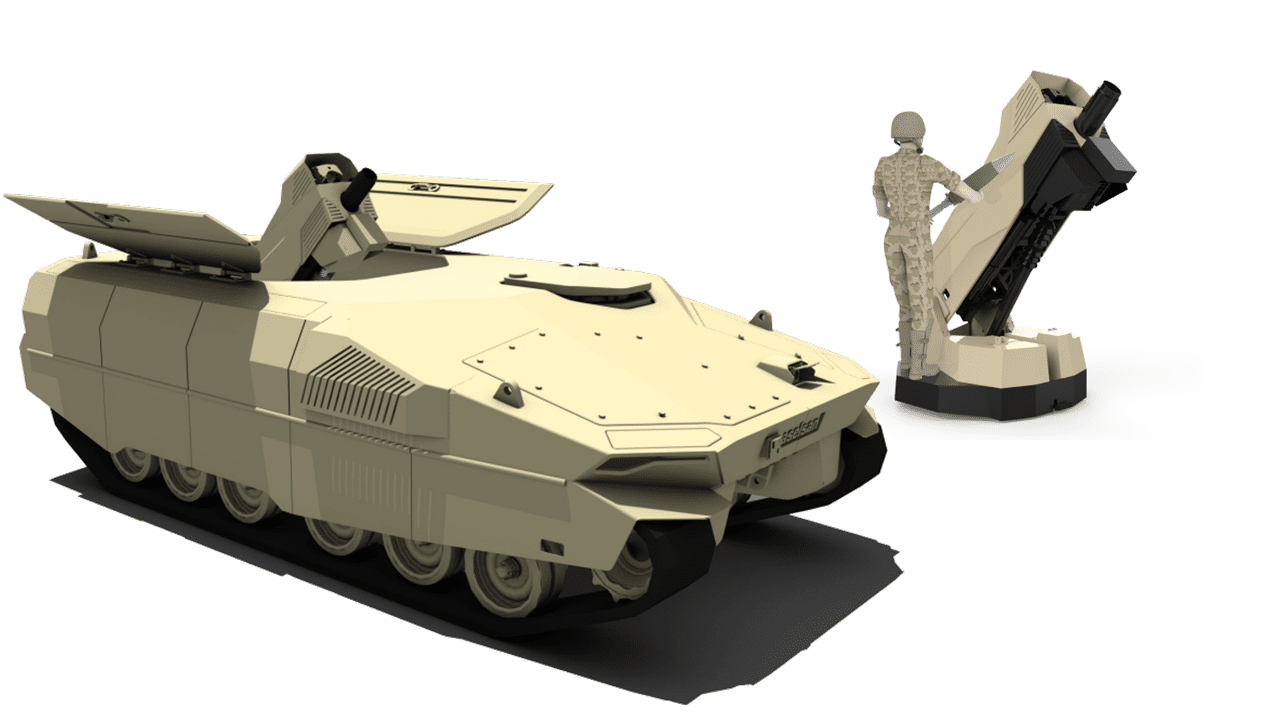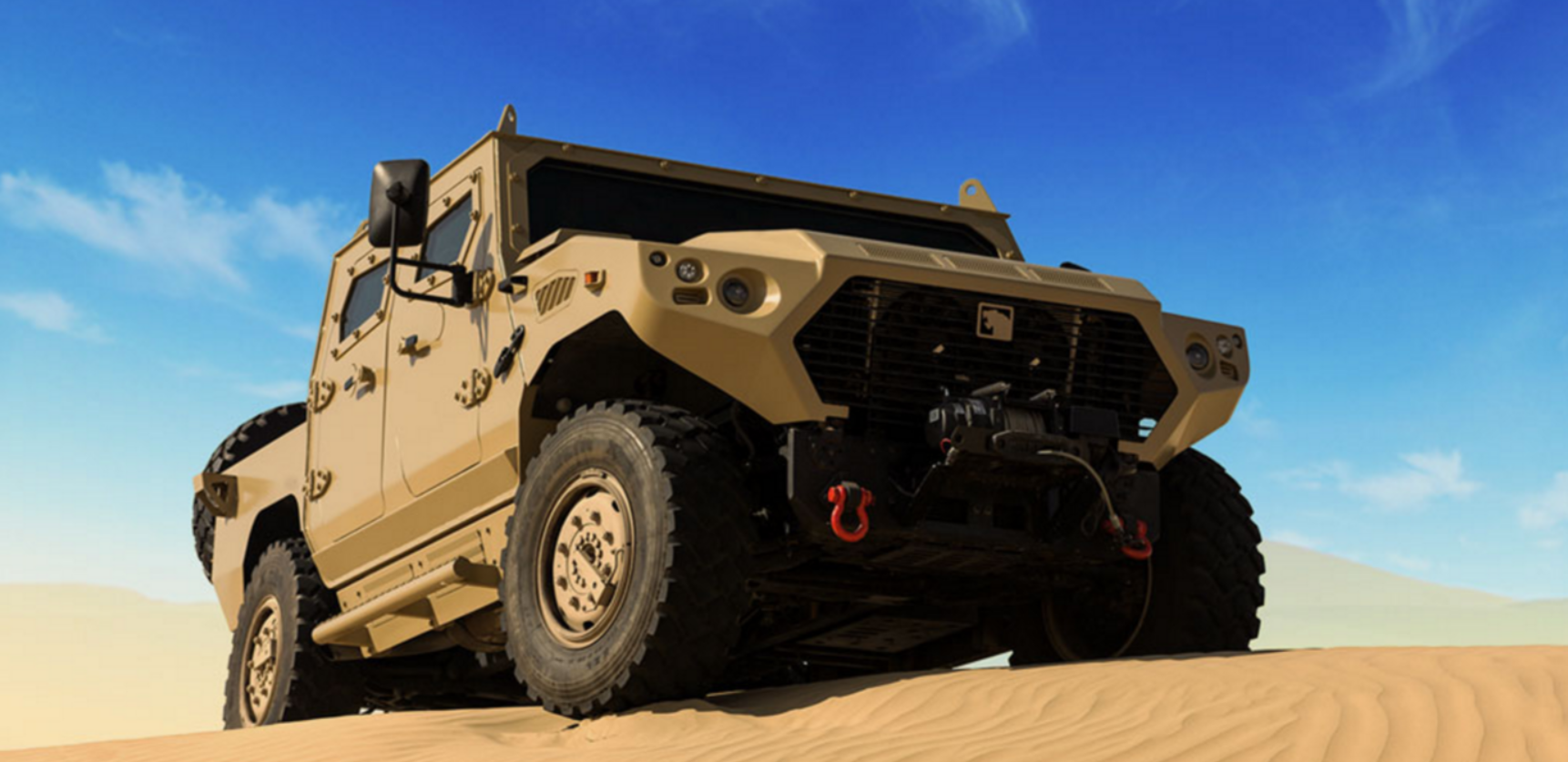2782Views 2Comments

Philippines orders six A-29 Super Tucano from Embraer
Brazilian aviation giant Embraer announced that it has received a firm order from the Philippine Air Force for six A-29 Super Tucano close air support (CAS) aircraft.
In its press release, Embraer states, “After a comprehensive public bidding process participated by several manufacturers from around the globe and complying with the stringent evaluation processes the Super Tucano was selected as part of the [Philippines’] ongoing modernization plan.”
As per Embraer, the Philippines will deploy the A-29 “for close air support, light attack, surveillance, air-to-air interception, and counterinsurgency missions.” Manilla will begin receiving the aircraft in 2019. IHS Jane’s reports that the Philippines’ A-29 contract is valued at $99 million U.S.
The A-29 will join 12 Korea Aerospace Industries (KAI) FA-50PH Golden Eagle advanced trainer and light-fighter aircraft in the Philippines’ combat aircraft fleet. The Philippines Air Force is acquiring the A-29 as part of its Flight Plan 2028 program, which envisaged greatly expanding Manilla’s airpower capabilities.
In terms of CAS capabilities, the Philippines’ President Rodrigo Duterte announced in November that the government was also seeking 23 new-built attack helicopters.
The Philippines will the second A-29 operator in the Asia Pacific region, following Indonesia.
Powered by one Pratt & Whitney PT6A-68C turboprop engine, the A-29 has a top speed of 590 km/h and flight ceiling of 35,000 ft. It can carry a payload of 1,500 kg, which can include laser-guided bombs (LGB), laser-guided anti-tank guided missiles (ATGM) and laser-guided rockets.
U.S.-based Sierra Nevada Corporation (SNC) is also a contractor for supplying the A-29. SNC has an active contract with Afghanistan, which procured 12 of 26 A-29s on order. In August, the U.S. State Department also cleared a proposed $593 million U.S. sale of 12 A-29s to Nigeria.
The central draw of the Super Tucano – and analogous platforms such as the Turkish Aerospace Industries (TAI) Hürkuş-C, IOMAX Archnagel, Textron AT-6 Wolverine and others – is its ability to undertake strike missions using some of the same guided munitions available to fast jets (e.g. F-16), but at a substantially lower per-hour flight cost thanks to its turboprop engine.
In low-intensity conflict environments, such as counterinsurgency (COIN) operations, the dearth of anti-air warfare (AAW) threats make the use of A-29-like platforms feasible for air arms, enabling them to reduce the cost of employing airpower (especially against disparate and inherently low-value targets). In this regard, turboprop attack aircraft have seen adoption by several Middle East air forces as well.
The A-29 also appeals to countries with limited to non-existent aerial threats, especially in Sub-Saharan Africa, which forms the bulk of the Super Tucano’s global adoption. Currently, Angola, Burkina Faso, Mali, Ghana, Mozambique, Mauritania and Senegal are listed as A-29 users in Africa.



2 Comments
by TZK
This along with the Calidus TB-250 light attack aircraft badged as COIN aircraft have exploited a niche that perhaps other nations like Pak who have more experience of COIN could have developed.
by Steve
We should force the politicians to bring back and invest their ill gotten wealth into private aircraft manufacturing once they are put on the rack by the courts. That should be a condition of their staying out of jail or the noose lol. We need something with more punch than Super Mushshak, not to say it’s not successful. Get all the Baluch and FATA chiefs to also get their stipend through joint ventures with foreign manufactures of advanced defence goods. We should go back to the future and become a major manufacturing Muslim “gunpowder” state like under the Mughals. Collaboration with the Turks and Iranians to build commonality is crucial.